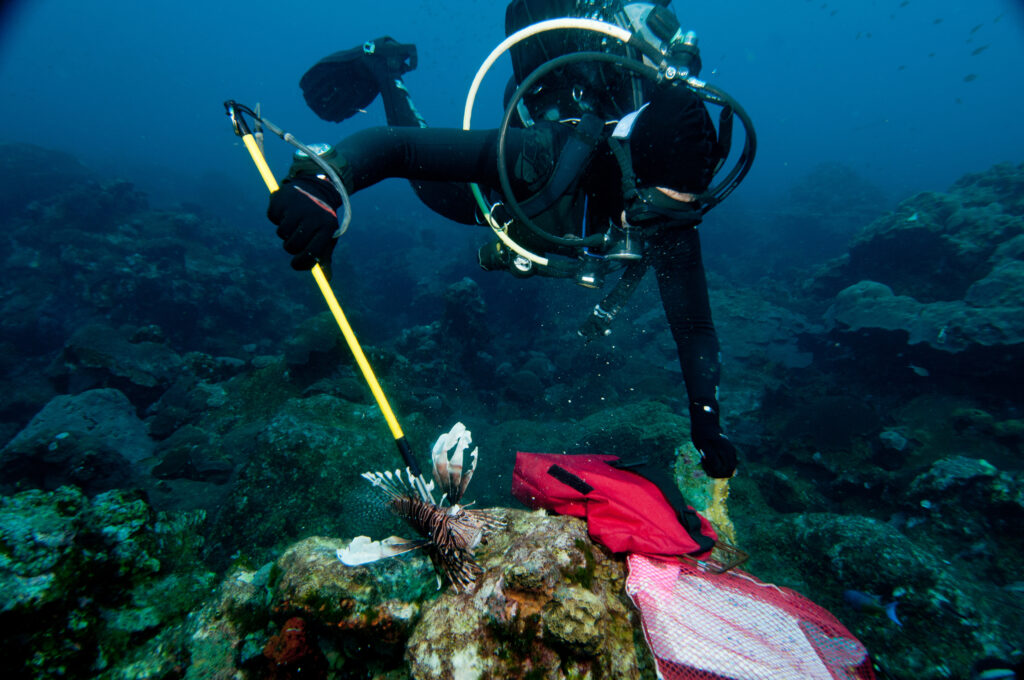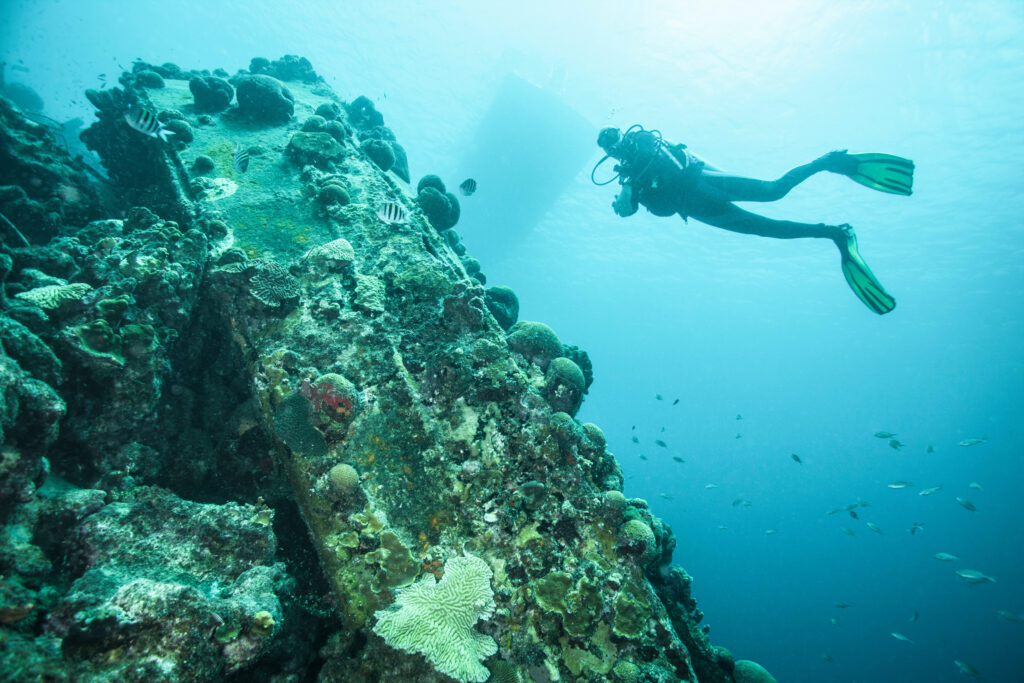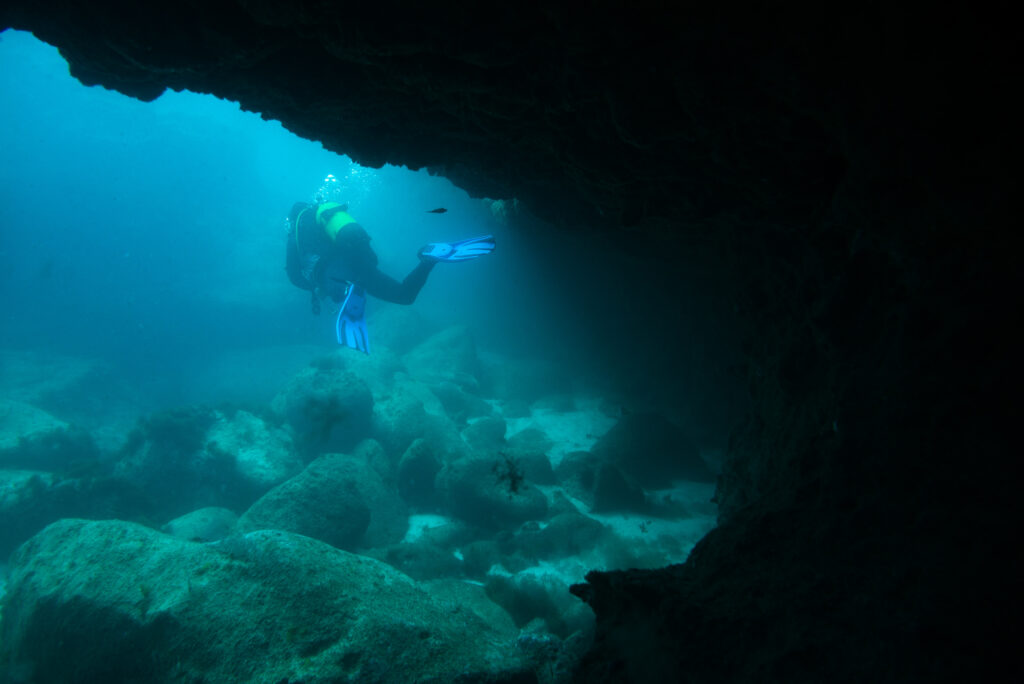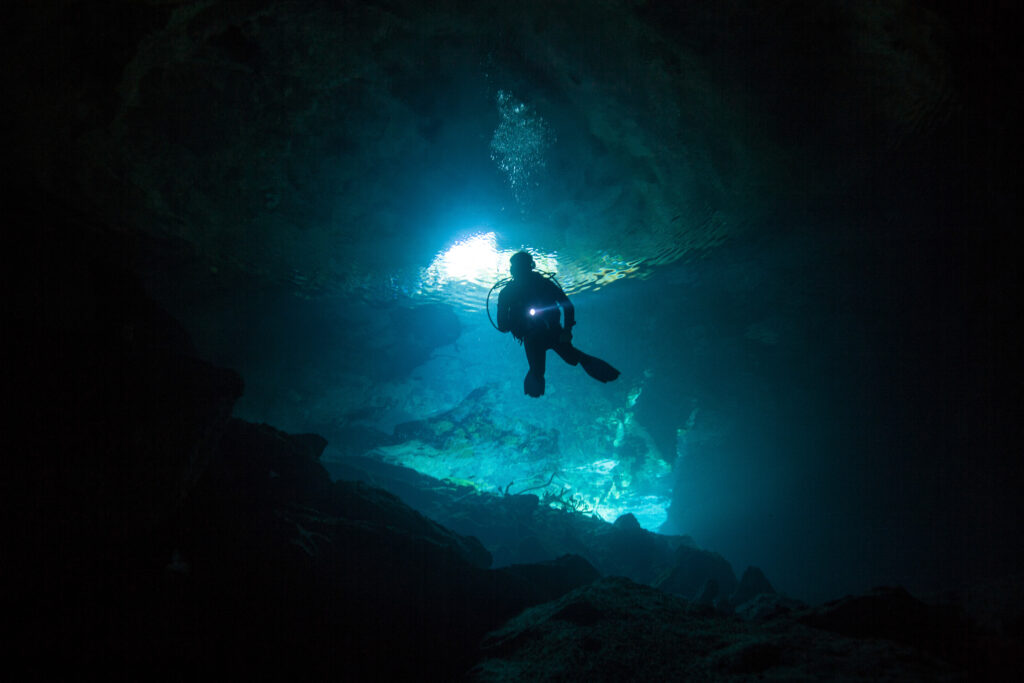What is Outgassing?

Outgassing, in the context of scuba diving, refers to the process by which dissolved gases are released from a diver’s body tissues. This phenomenon is crucial for maintaining safety during and after a dive, as improper outgassing can lead to decompression sickness (DCS), commonly known as “the bends.” When a diver ascends too quickly, the rapid decrease in pressure can cause dissolved gases, primarily nitrogen, to form bubbles within the body. These bubbles can lead to serious health complications, emphasizing the need for a thorough understanding of outgassing dynamics and proper ascent procedures.
What is Octopus Breathing?

Octopus breathing is a critical concept in scuba diving that refers to the use of a secondary breathing apparatus, known as an “octopus,” which allows divers to share air in emergency situations. This technique is an integral part of dive safety protocols, providing a reliable method for a diver to offer their breathing gas to a buddy who may have run out of air or encountered a malfunction with their primary regulator. The octopus system is designed to be easily accessible, typically color-coded, and positioned within reach to ensure quick deployment when needed.
What function does Helium have in Scuba Diving?

Helium, a chemically inert and second lightest element in the universe, plays a significant role in the world of scuba diving, particularly in deep diving. Its unique properties provide divers with a safer breathing gas mixture that reduces the risk of nitrogen narcosis and decompression sickness. This entry explores the history, benefits, and applications of helium in scuba diving.
What is a Hang Tank?

A hang tank, also known as a decompression tank, is an essential piece of scuba diving equipment designed to enhance diver safety and convenience during decompression stops.
What is Off-Gassing?

Off-gassing, within the context of scuba diving, refers to the process by which dissolved gases, primarily nitrogen, are expelled from a diver’s body during ascent. This phenomenon is crucial for diver safety, particularly in avoiding decompression sickness, commonly known as “the bends.” Understanding off-gassing is essential for divers to manage their ascents properly and ensure that the nitrogen absorbed under pressure is released gradually and safely.
What is a Primary Light?

A primary light is an essential tool for scuba divers, serving as the main source of illumination during underwater excursions. The role of a primary light extends beyond simply illuminating the surroundings; it enhances visibility, aids in navigation, and significantly contributes to safety. Whether diving in murky waters, exploring intricate underwater caves, or embarking on a night dive, a reliable primary light ensures that divers can see their environment clearly, identify potential hazards, and communicate effectively with their diving partners. Understanding the importance and functionality of primary lights is crucial for anyone engaging in scuba diving activities.
What is an Over Pressure Valve?

An over pressure valve (OPV) is a critical component in scuba diving equipment designed to prevent the dangerous buildup of pressure within sealed systems. These valves automatically release excess pressure, ensuring the safety and functionality of diving apparatus such as buoyancy control devices (BCDs), drysuits, and rebreathers. The primary function of an OPV is to maintain safe pressure levels, thereby protecting divers from equipment failures that could lead to hazardous situations underwater.
What is an Inflator Valve?

An inflator valve is a crucial component of scuba diving equipment, particularly in buoyancy compensators (BCDs), allowing divers to adjust their buoyancy underwater. By adding or releasing air into the BCD, divers can achieve neutral buoyancy, making it easier to maintain their position in the water. The inflator valve’s functionality directly influences a diver’s control and safety, making it an essential element for any diving expedition.
What are Diving Signals?

Diving signals are the primary means of communication between divers when they are underwater. Unlike the surface world, verbal communication is impossible underwater due to the limitations imposed by the diving environment, such as water density and the need for breathing apparatus. As a result, divers rely on a well-established set of visual and tactile signals to convey messages. These signals are essential for ensuring safety, coordinating activities, and sharing observations during a dive. The development and standardization of these signals have been critical to the advancement of both recreational and professional diving, allowing divers from different backgrounds and experiences to communicate effectively.
What is Overweighting?

Overweighting in scuba diving refers to the practice of using more weight than necessary to achieve neutral buoyancy underwater. Proper weighting is crucial for maintaining control, safety, and efficiency while diving. Overweighting can occur due to various factors, including misconceptions about the amount of weight needed, incorrect gear configuration, and psychological influences. Understanding the implications of overweighting and how to manage it is essential for divers of all levels to ensure a safe and enjoyable underwater experience.
